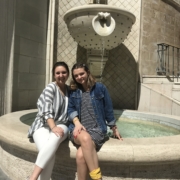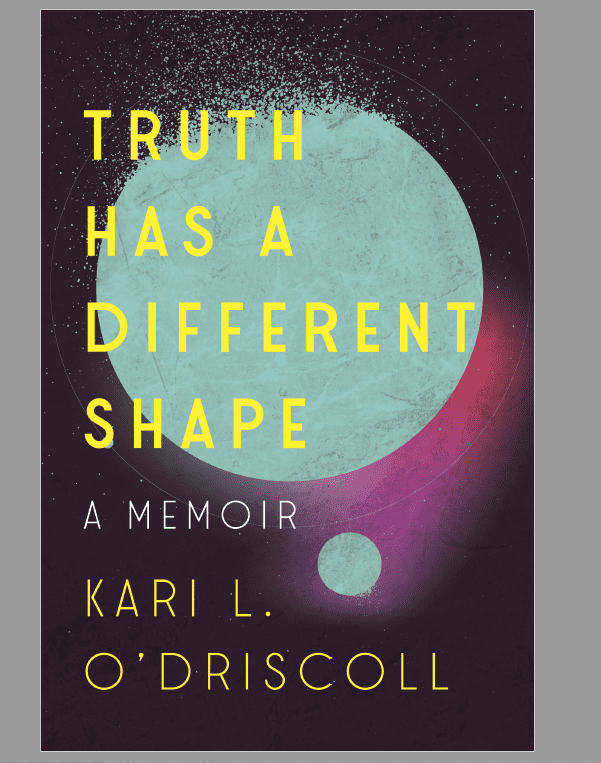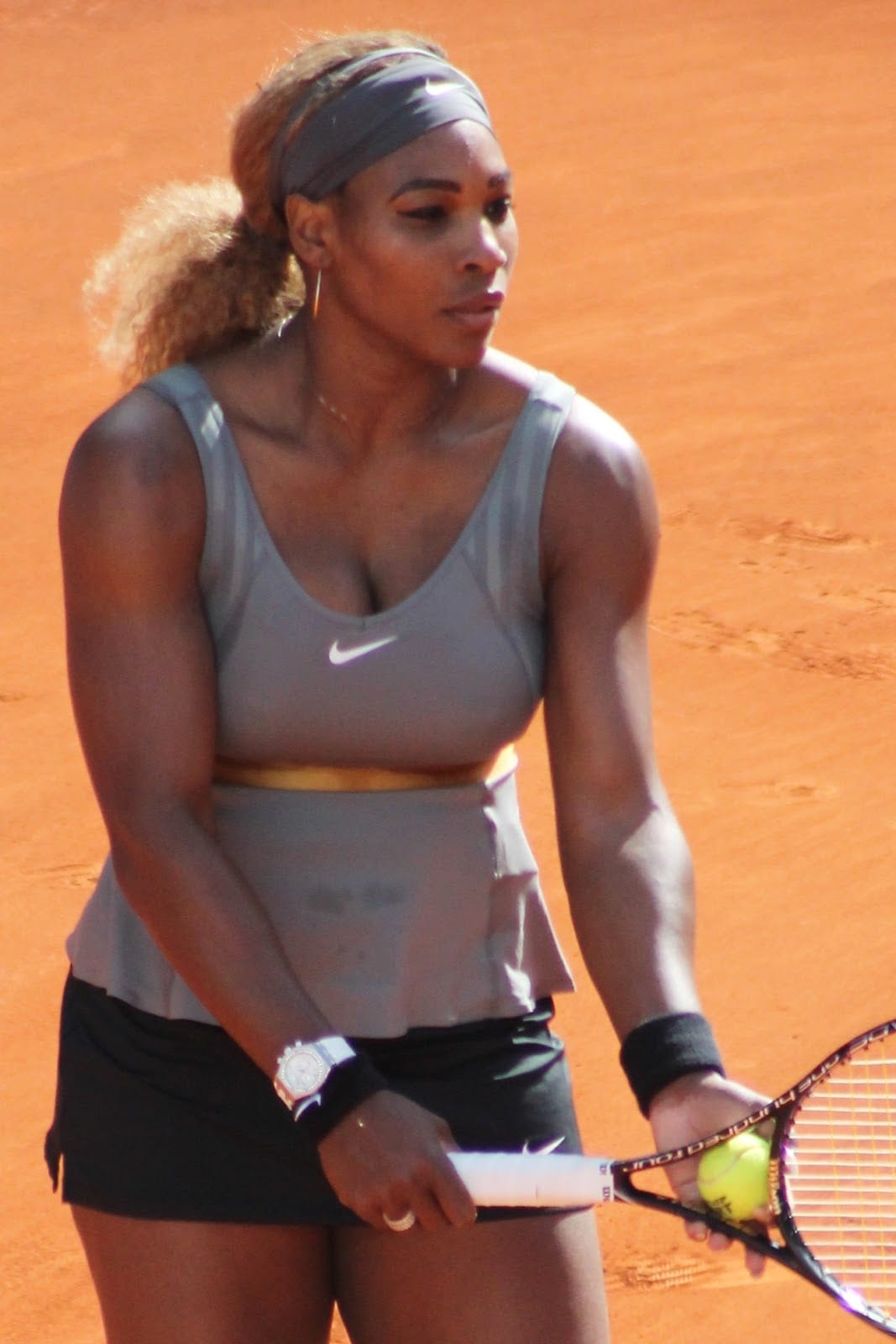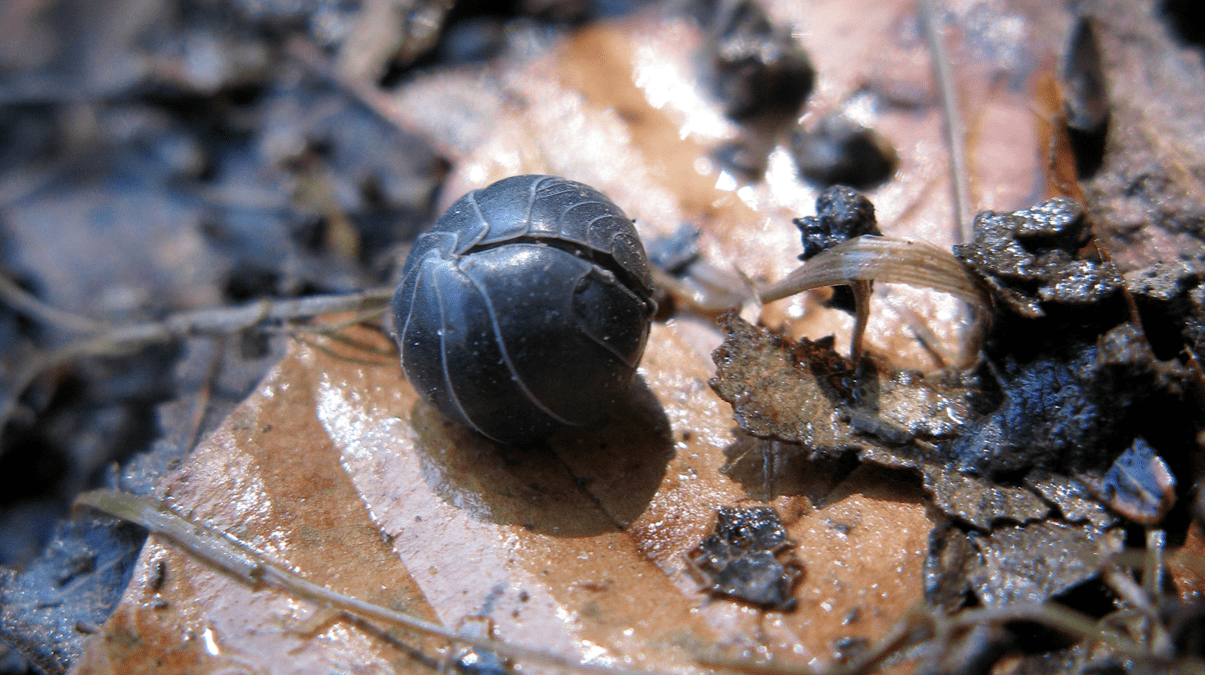I’m not generally much of a retrospective kind-of person, and I’ve been watching other folks do their year-end and end-of-decade roundups (favorite books, favorite movies, what to look forward to in the next decade) with a bit of wry humor. It’s just another day, right? Another human-centric, artificially constructed milestone that offers us a chance to set new goals or assess progress or feel like we get a fresh start (that’s a loaded phrase for me, which you’ll understand after you read my memoir that is DUE OUT ON FEBRUARY 4 OF THIS COMING YEAR).
But I digress.
It turns out that 2019 was actually a pretty seminal year for me in many ways and it feels like it might be important to at least write about it for posterity. Or to solidify it in my head, to find a way to make sense of it and get a different perspective instead of having it just roil around in there like some swirling mass. So, in no particular order, as they surface from the messy tumult in my head and gut, here’s what my year was like:
* I got two publishing deals in 2019, neither of which I really expected to get. I submitted one of my bodies of work to an academic publisher on a whim because I had been trying to market my social-emotional education curriculum on my own and I was getting no traction. The publisher emailed me right back (which, if you’re a writer, you know is solid gold – so many agents and publishers and editors simply don’t respond to writers’ emails at all), and said that they felt it wasn’t right for them, but they knew a different publisher that might like it and I should send it there. Two amazing occurrences! A quick response and a referral to someone else instead! A unicorn! And because unicorns are magical, the second publisher, Rowman & Littlefield, responded with an enthusiastic “Yes!” and the book One Teenager at a Time, was published in August after an avalanche of emails tightening it up and getting permissions and copyedits and excitement.
*The first book led to me learning a ton about PR, the disappointment of radio hosts ghosting you, and discovering how much I really enjoy being interviewed about my work and talking about teenagers and their special powers. I challenged myself to do a story slam for the Seattle Times Education Lab and while it was absolutely terrifying at first, I met an amazing group of folks in my local community who love kids as much as I do, who are as committed to making their educational experience better as I am, and who are working hard every single day to see that it happens. I’d do it again in a heartbeat.
*The second publishing deal came about when I sent my memoir manuscript out one last time to a small press in New Jersey, CavanKerry Press, and promptly forgot I’d done it. A few months after I sent it in, it snowed a lot in Seattle. A lot. The first morning, I woke up to that magical quiet that happens when there are eight inches of snow on the ground – no cars, no bird sounds, no city buses roaring down the street in front of the house. And then I heard a scraping noise, a repetitive, plastic-on-sidewalk scraping. My neighbor was shoveling my sidewalk and clearing the snow off of my car in case I needed to get out that day. By the next day, there were nearly 15 inches of snow and it was clear none of us was going anywhere on wheels. Seattle + snow = shutdown. The steep street I live on featured snowboarders racing down four solid blocks of perfect slope for days. On the third day, I borrowed the neighbor’s snow shovel and took my turn clearing the sidewalks and while I was out there, my phone rang with a number I didn’t recognize. It wasn’t worth it to take off my gloves and stop what I was doing to see who was calling, and only later did I realize whomever called had left a long voice mail. It was Joan Cusack Handler, the senior editor at CavanKerry, letting me know that she wanted to publish my book. I still have that voice mail saved on my phone. The letter they sent me to formalize the offer hangs on my refrigerator. I cried. I called her back immediately, thanked her profusely, ran up to my daughter’s bedroom and told her, danced in the living room, cried some more, and called my closest friends. After nine months of work with their team, the book comes out February 4. You can preorder it here.
*I also got to watch my daughters continue to shine. My oldest finished her first year of college, came home for the summer, and went back to start her second year of school with an eagerness and optimism that made my heart split wide open. She did that thing that some parents talk about where her perspective changed a bit and she chose to sit in the kitchen with me and chat while I cooked, emptied the dishwasher upon waking up before I had a chance to do it, offered to pick up groceries if I needed something. She fell in love with a philosophy class and ran for an executive position in a club at school and made friends I’ve never met. My youngest started nannying twin infants, juggled that while taking high school and college classes, and booked live gigs all around Seattle to showcase her musical acumen. She converted the guest room to a recording booth and put out an album’s worth of original music on Spotify and iTunes. She lobbied me for a pet snake, but we settled on a Russian tortoise.
*There were so many intangible things that happened this year, too. I learned that sometimes grief comes back to bite you when you think you’ve already dealt with it. I learned that I can say something in my head over and over again and it doesn’t necessarily change the belief I harbor in my body. I spent many, many lonely nights pondering how someone my age creates community and close friendships anew. I wrote less than I’ve written in 15 years – at least new content – and agonized over when I would get that flow back. I learned to do with less – cutting the cable, driving less, buying fewer things, killing 2/3 of the lawn to put in native ground cover and create a space to grow veggies and berries, actively participating in my neighborhood’s Buy Nothing Project. I remembered that every time I embark on a new self-improvement regime (exercise more, eat less meat, organize my writing life), it opens this checklist of things in my head that overwhelms me (stop drinking alcohol, no sugar at all, cardio 3x/week, don’t use plastic anything, make your own condiments, isn’t apple cider vinegar supposed to be good instead of shampoo? put solar panels on the house…) and makes me feel horrible about myself.
*I did stop drinking this year, though. I’d stopped for periods before – either when I was pregnant with my girls or for fast-like fads – but this time that magical thing happened where I made the decision to stop (you can read about why here) and after a few weeks, I ‘knew’ I was done forever. Previously, I would see a tv commercial where someone was drinking a glass of golden chardonnay with a hint of condensation on the outside of the glass and I could taste the buttery sweetness in my mouth. Or I would open the refrigerator to start making dinner and my mind would go to the cupboard where the wine glasses are kept and I would begin the mental calculation of what kind of wine would be best with what I was making. But this time, it was different. Something shifted in my neurons that diverted the path from seeing alcohol or things I had associated with it and leading me to the physical desire for it. Yesterday, I walked past a woman who was sitting in the bar at Nordstrom (which is a really weird thing to write, that there is a bar inside Nordstrom, but that’s the crux of my essay in a nutshell), and she was talking on her phone and holding an enormous glass of white wine and I felt nothing. Thought nothing beyond, “hmm, that’s a generous pour!” I wish I knew how to make that shift happen, what is actually going on in my brain and how to trigger that particular phenomenon where I literally shut off one old, well-worn pathway that is no longer serving me in favor of a new way of being. It happened once before when I was able to forgive my abuser and shed all of the physical sensations that came with despising him and wishing him ill. It is an amazing feeling, incredibly powerful, and if I knew how to re-create it reliably, I could do so much more forgiving.
*2019 was a massive year for me. It was truly a roller coaster with enormous ups and downs. There were some dark, scary moments that bled in to weeks and simultaneously co-existed with joyous, optimistic times. It may be the year where I lived more outside my comfort zone than any other year, spending a great deal of time resting in equanimity, relying on the Universe to hold me as I forged ahead without knowing what the hell was coming. The list of things I did for the first time in 2019 is as long as I’ve ever seen it, and while some of those things flopped, many of them didn’t, and that is proof that continuing to put myself out there whether I know what I’m doing or not can be a pretty exhilarating way to live. Exhausting, but exhilarating, which is why I’m taking the rest of the day off to nest and rest.
Happy New Year, all. I hope that your 2020 offers opportunities to stretch yourself, reminders that you are held and supported, and lots of laughter. We’re going to need it to get through some of what’s coming.





 I am writing my way in to my body. This is difficult, but not counterintuitive. In the last ten years or so, I’ve discovered that what I used to think was counterintuitive was simply fear. Instead of doing what I was told to do (don’t poke at that, don’t examine the pain, pretend it isn’t there or deny it or minimize it) for most of my life, I have learned that opening up, asking questions, and leading with curiosity is actually the most intuitive thing I can do.
I am writing my way in to my body. This is difficult, but not counterintuitive. In the last ten years or so, I’ve discovered that what I used to think was counterintuitive was simply fear. Instead of doing what I was told to do (don’t poke at that, don’t examine the pain, pretend it isn’t there or deny it or minimize it) for most of my life, I have learned that opening up, asking questions, and leading with curiosity is actually the most intuitive thing I can do.



